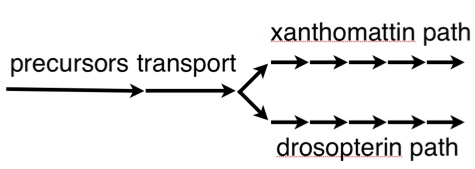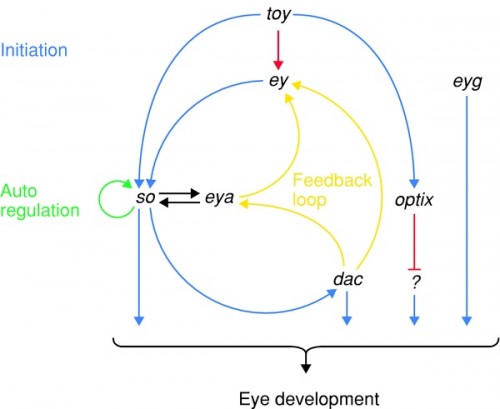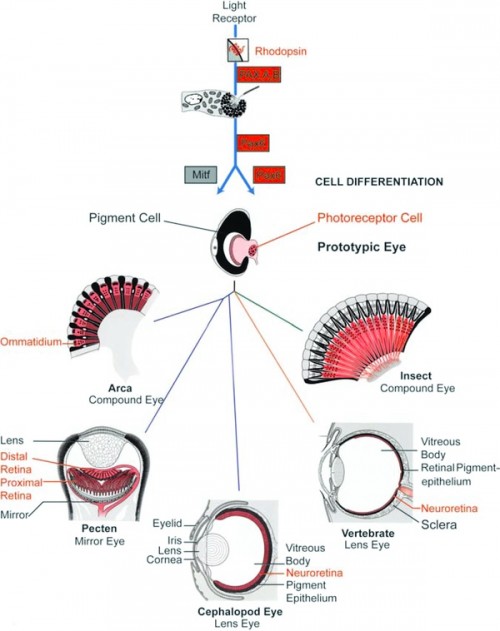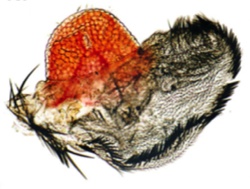It’s a sad, pathetic little poll, and it needs your participation.
Should alternative medicine be taught in medical schools?
54% Yes
46% No
Right. And I’m going to offer to teach “physiology of vampires” and “faerie genetics” courses in my biology program next year.
(Sadly, such courses would probably be very popular.)









